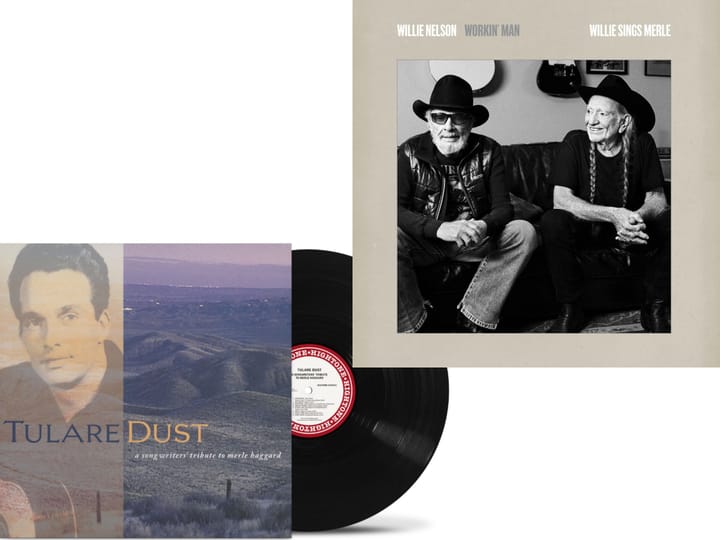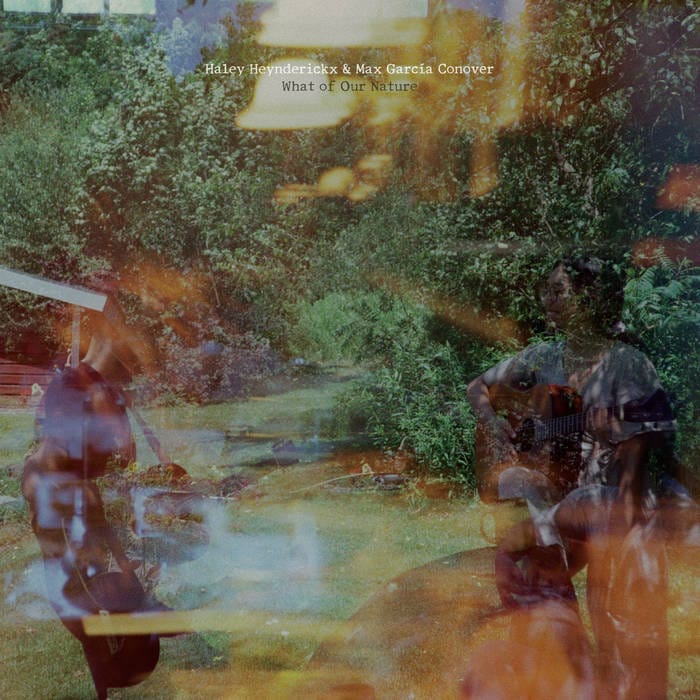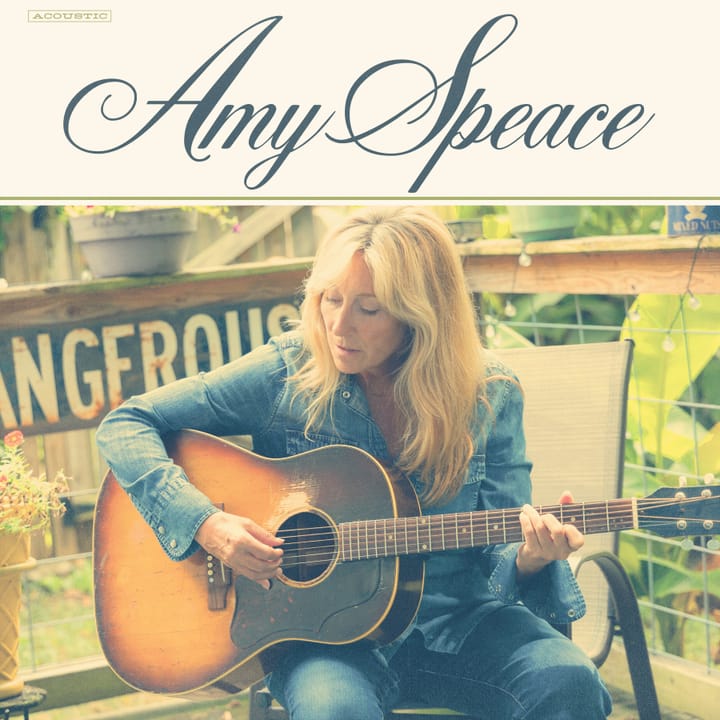Among my most vivid memories are those of Saturday evenings with my family: My father played clawhammer banjo as my mother and sisters would sing "Go Tell Aunt Rhody" or "Worried Man Blues". Those songs weren't handed down across generations of Kastens -- my father learned them from songbooks -- but they did express the soul of our family. To each one coheres a crystal-hard story now part of another generation's narrative, and a third -- my father's grandchildren -- after that.
The story of the Hammons Family is exceptional; what makes it so is the intense light it throws on the formation of the Appalachian communities, whose culture is fundamental to country music. By concentrating on a single family, this collection traces cultural heritage with refreshing detail.
According to Alan Jabbour, who first documented the Hammons, the family's story suggests that "at the same time that a late 18th-century revolution was creating the modern British instrumental styles, a parallel but somewhat separate creative flowering was taking place in the Piedmont and Appalachian South." A subtle and significant point: Much of Appalachian music may have an imaginative autonomy that hasn't been sufficiently recognized by folklorists seeking to trace roots back to British sources.
This collection also expresses the relationship between music and daily life across three centuries. Ballads, fiddle tunes, reels, banjo frailed blues -- all are familial and cultural cement, binding children to parents and to their parents before them. With every song or tune comes a story, a joke, a memory, and by setting the music within that narrative context, it resonates with history as few collections of old-time music can. You can hear it when Maggie Hammons' voice soars through "Young Henerly", or when she describes a neighbor "a-eating a owl and it a-curing him," and her voice rises and wails as if she were singing again, though of course she's just spinning a yarn.
This collection is a sample par excellence of history from the bottom up, and is also a musical treasure in its own right. Between Lee Hammons' stately, gentle banjo work on "Walking The Parlor" and Burl Hammons' angular fiddling on "Shaking Down The Acorns", a distinctive, patient style flows around every subject with the grace of a slowly drawn circle. The Hammonses were never professional musicians, yet their diverse, deep repertoire and ranging styles form a powerful argument for the value of music made by and for family alone.




Comments ()